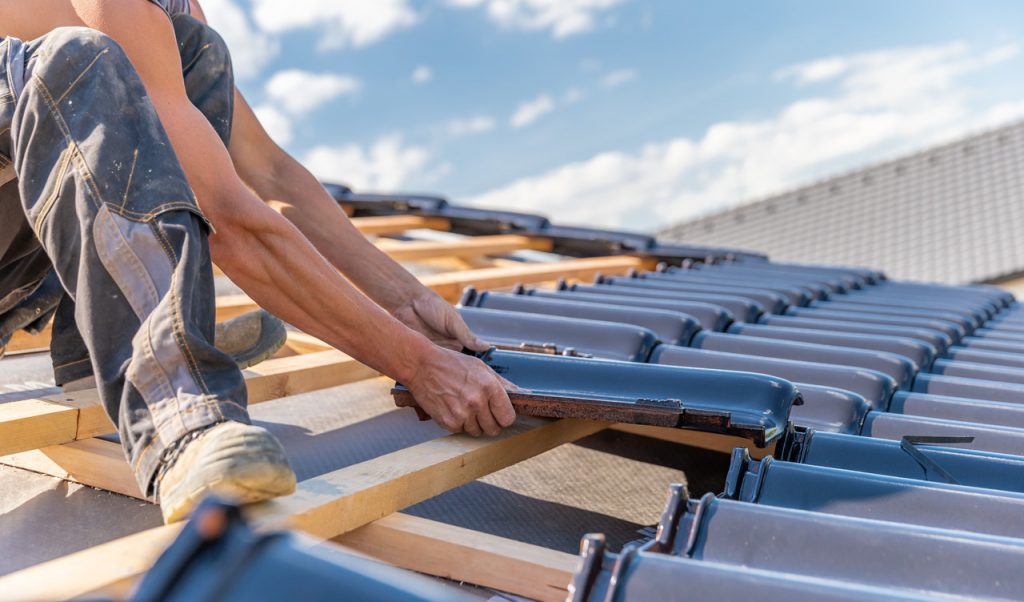Moisture damage is one of the leading causes of premature roof replacement. Water, regardless of its form, generally causes wood to decompose. Additionally, it is a catalyst for the corrosion of metals. You may not always see the immediate effect of its destructive power, but it will eventually destroy non-resilient structural components. There is no escape from the specter of moisture, but you can effectively minimize its presence with proper maintenance.
If you want to protect your roof from moisture, regularly clean and maintain your gutters. Remove leaves, twigs, debris and dirt from them. The taller the trees that surround your home, the more often you’ll need to clean your roof’s drainage system. To reduce the risk of clogging, install gutter guards.

Of all the types of plants, moss should concern you the most. It collects water, keeping the roofing materials moist for a long time. It is easy to destroy it in the early stages, but any way to eliminate moss requires the help of a professional. By using a professional, you are assured that the entire process will prove to be safe and effective.

Condensation is one of the consequences of poor attic ventilation. With nowhere to go, the moisture of trapped warm air turns to liquid when it touches colder objects. As a result, the underside of the roof becomes damp. In addition, inadequate ventilation increases the risk of shingle blisters, which over time crack and can remove the protective granules.
Roofs clearly warn you when leaks occur, but they aren’t always visible, so be sure to inspect them regularly. This will ensure that the structural integrity of your roof system (flashings, shingles and gutters) remains intact during a storm
Standing water, especially on concrete flat roofs, can weaken the ceiling. As a result, water stains form on the inside. If you don’t do anything about them, you increase the risk of cracks in the ceiling and mold growth. Detecting these general areas of water leakage is easy. When doing so, pay attention to the source of the problems. They are most often caused by broken pipes, clogged roof drains, or rainwater pooling in roof dents. Waterproofing and sealing your roof deck is the best way to get rid of flat roof water leakage.
Flashings are aluminum plates or galvanized steel plates used to cover roof joints. They help avoid water accumulation and leakage. Additionally, they make it easier to direct rainwater flow to downpipes and sewers. Damaged flashings may lose their effectiveness, leading to water leakage.
Remember to regularly inspect your flashings for corrosion and damage. Cracks, creases, corrugations and holes usually appear on them. These are weak spots that promote water leakage during storms and blizzards. Make sure flashings near the chimney, pipes, skylights and windows are smooth and intact.

Shingles protect your roof from collapse by allowing water and snow to slide down. Water can seep into the ceiling through cracks and holes in the shingles. Moss and mold growth contributes to the concentration of moisture in this area, weakening the shingles and ceiling located beneath.
Most contractors suggest completely replacing damaged shingles. If the shingles remain intact for more than 10 years with minimal maintenance, consider resurfacing the entire roof, as their maximum life expectancy averages 15 years.
Roof vents or exhaust vents provide ventilation of clean air around the roof. To prevent rainwater from entering from these vents, make sure they are of high quality. If you are in doubt, get help from an expert.
After taking care of your roof maintenance, turn your attention to the rest of your home. Seal the doors and windows to protect the walls from water leakage. Also, take care of the interior plumbing system and the exterior walls.